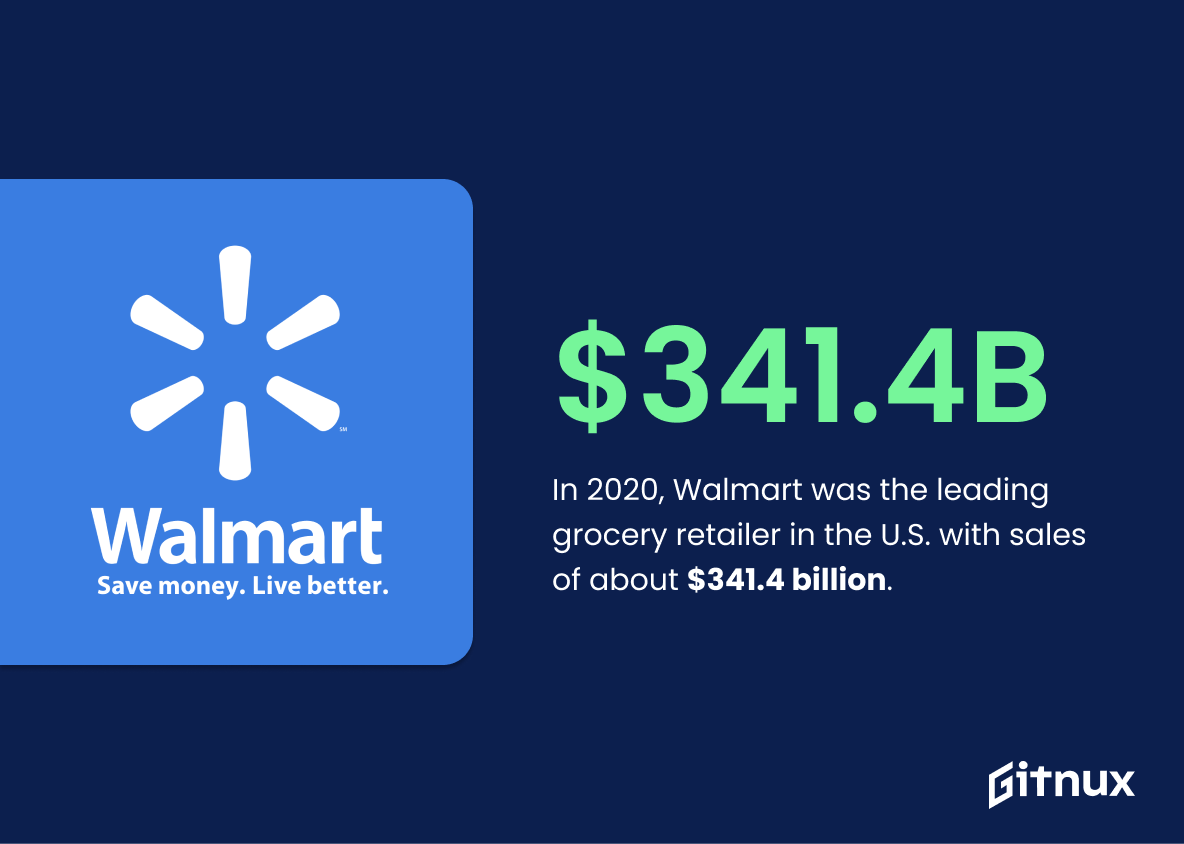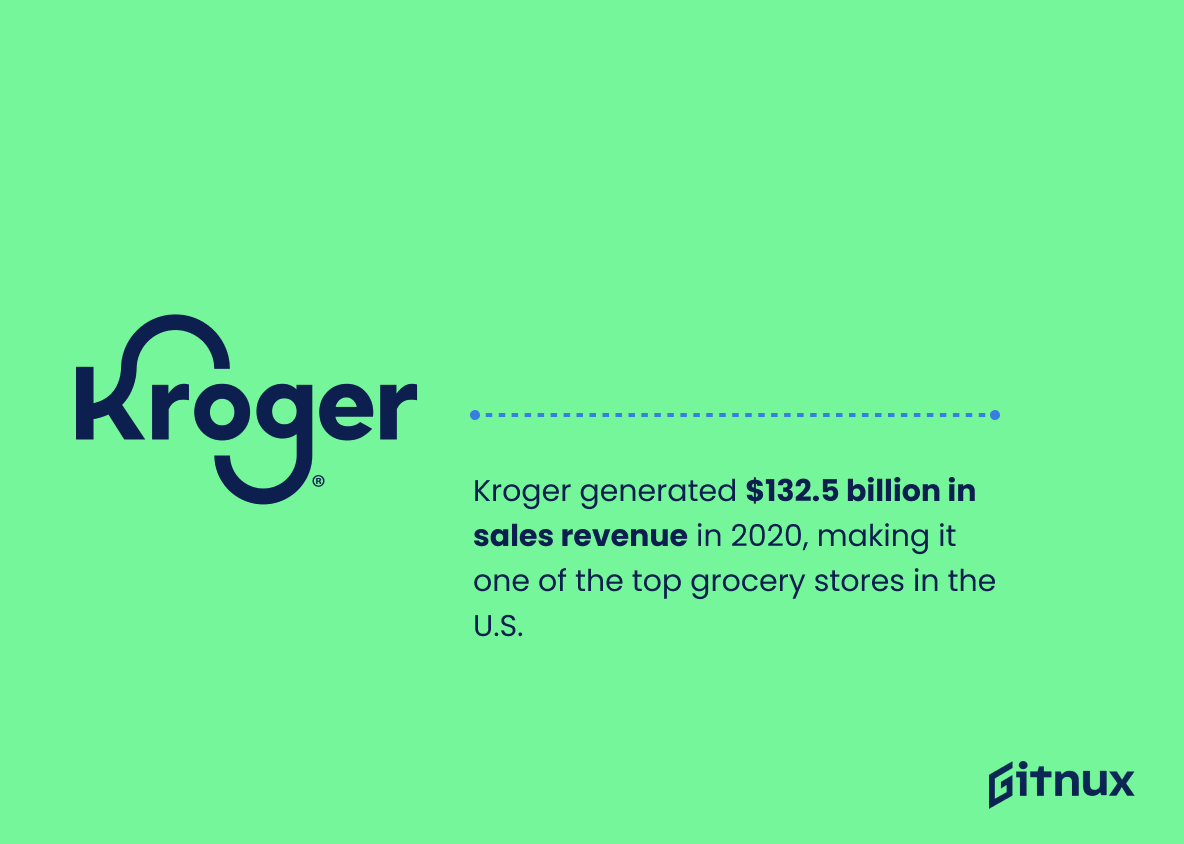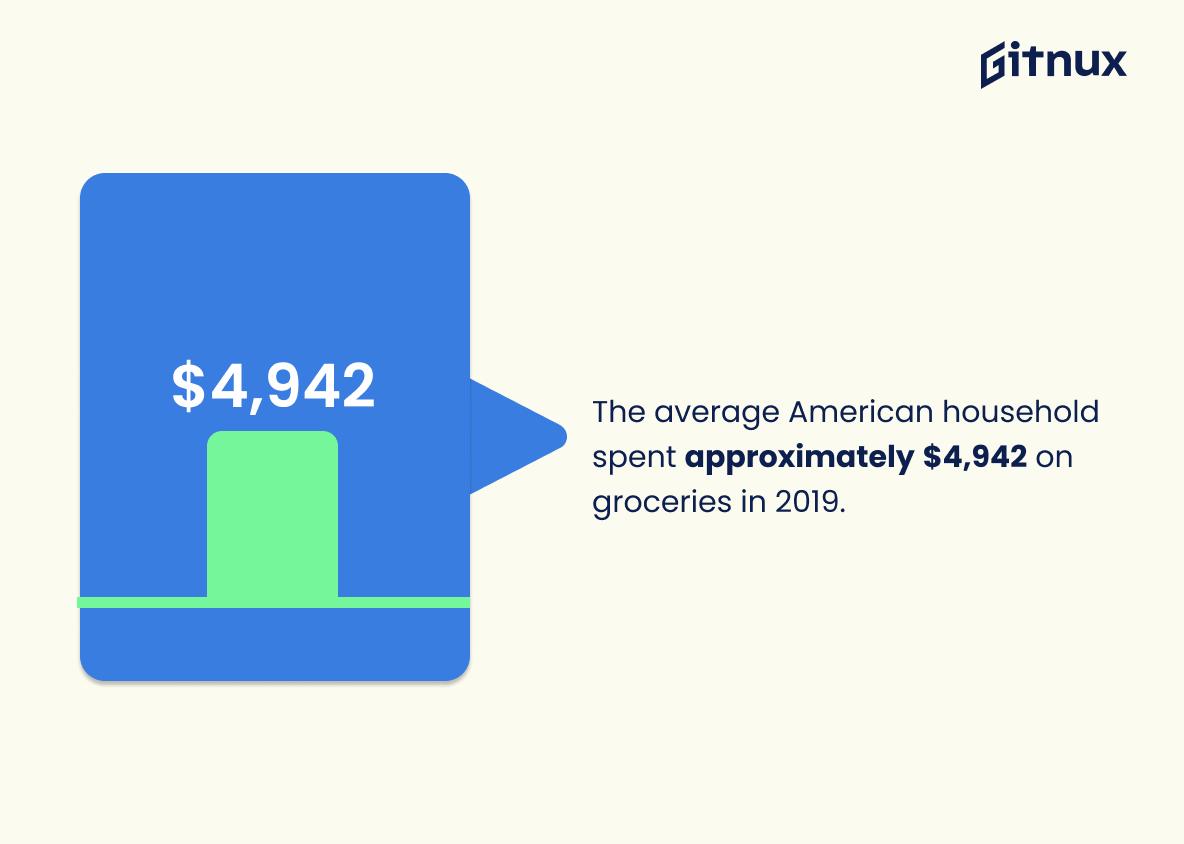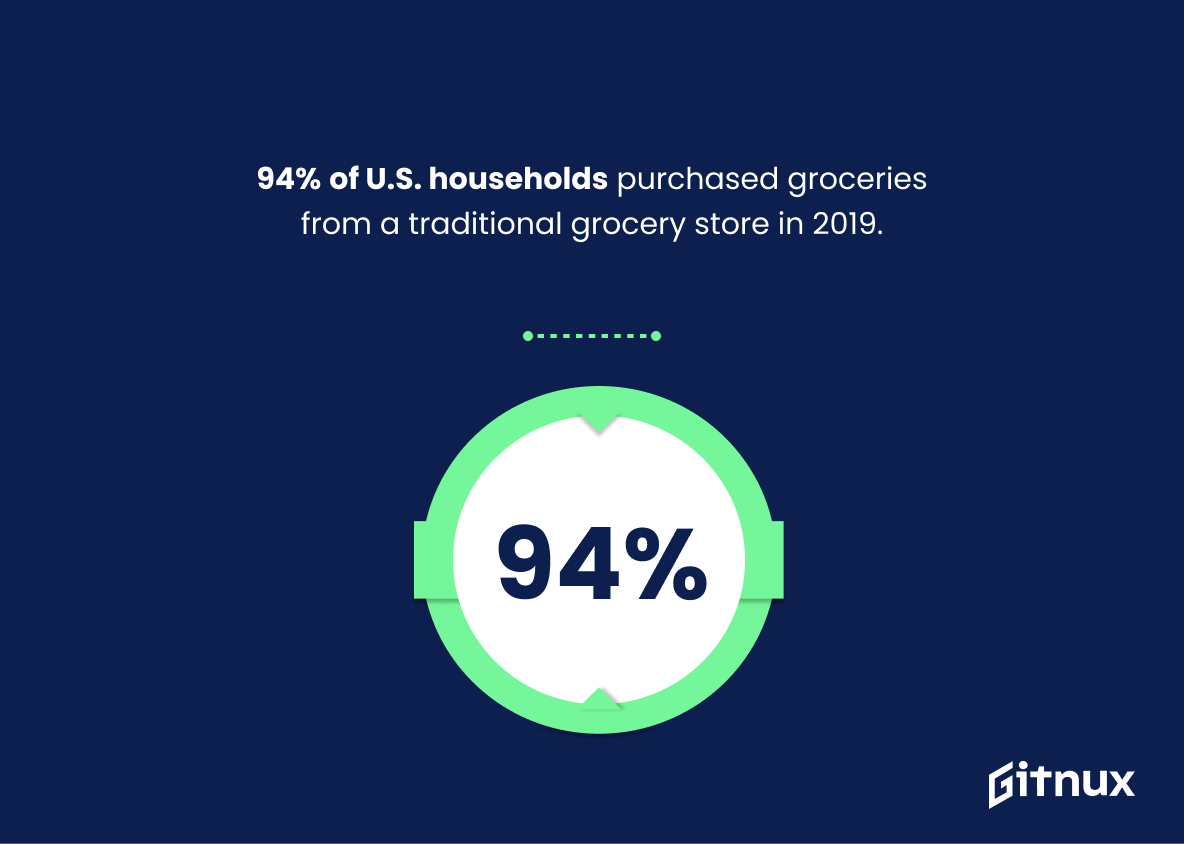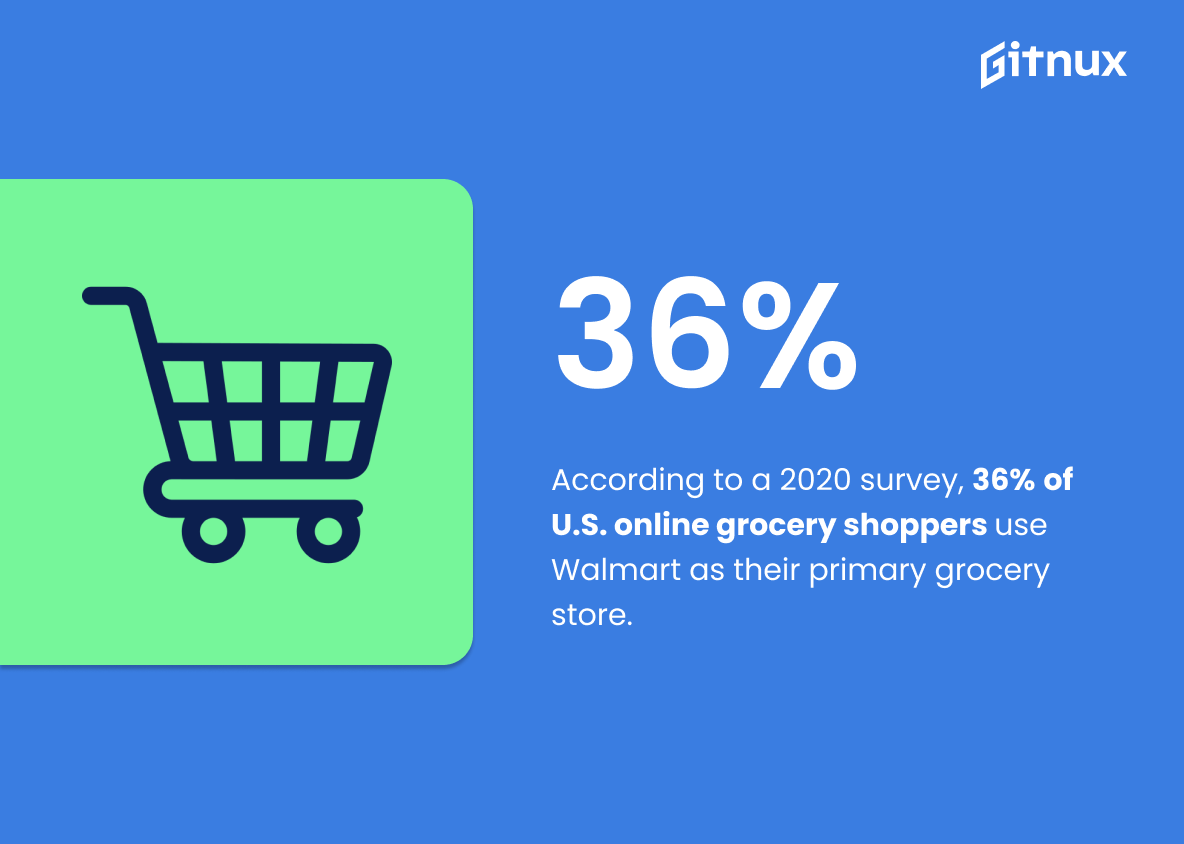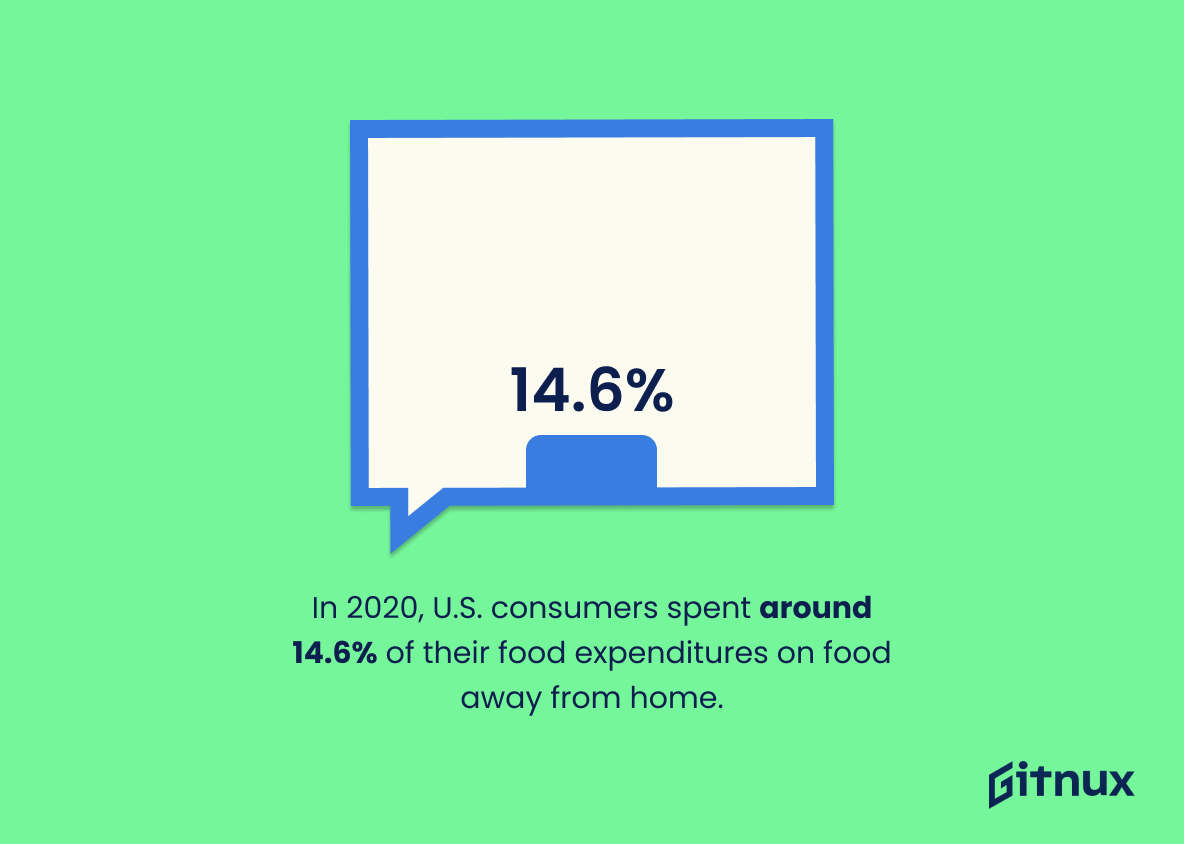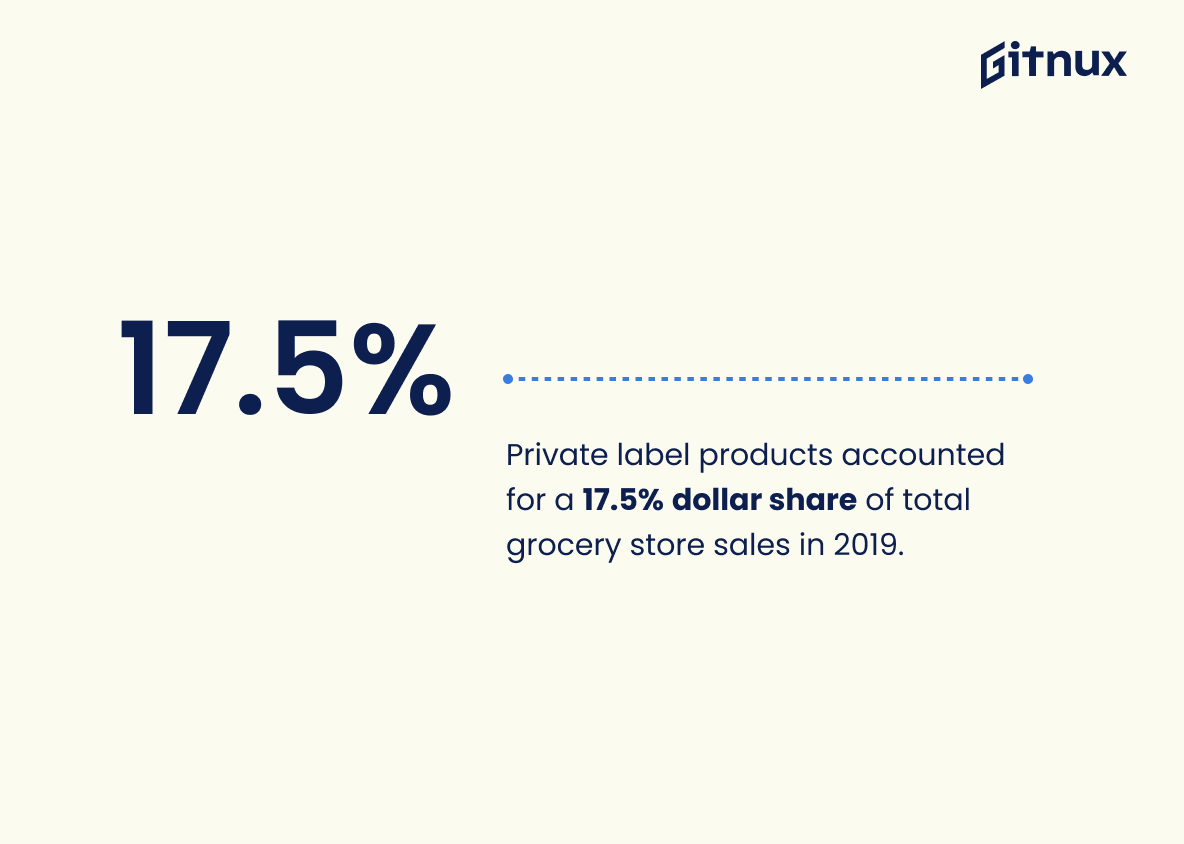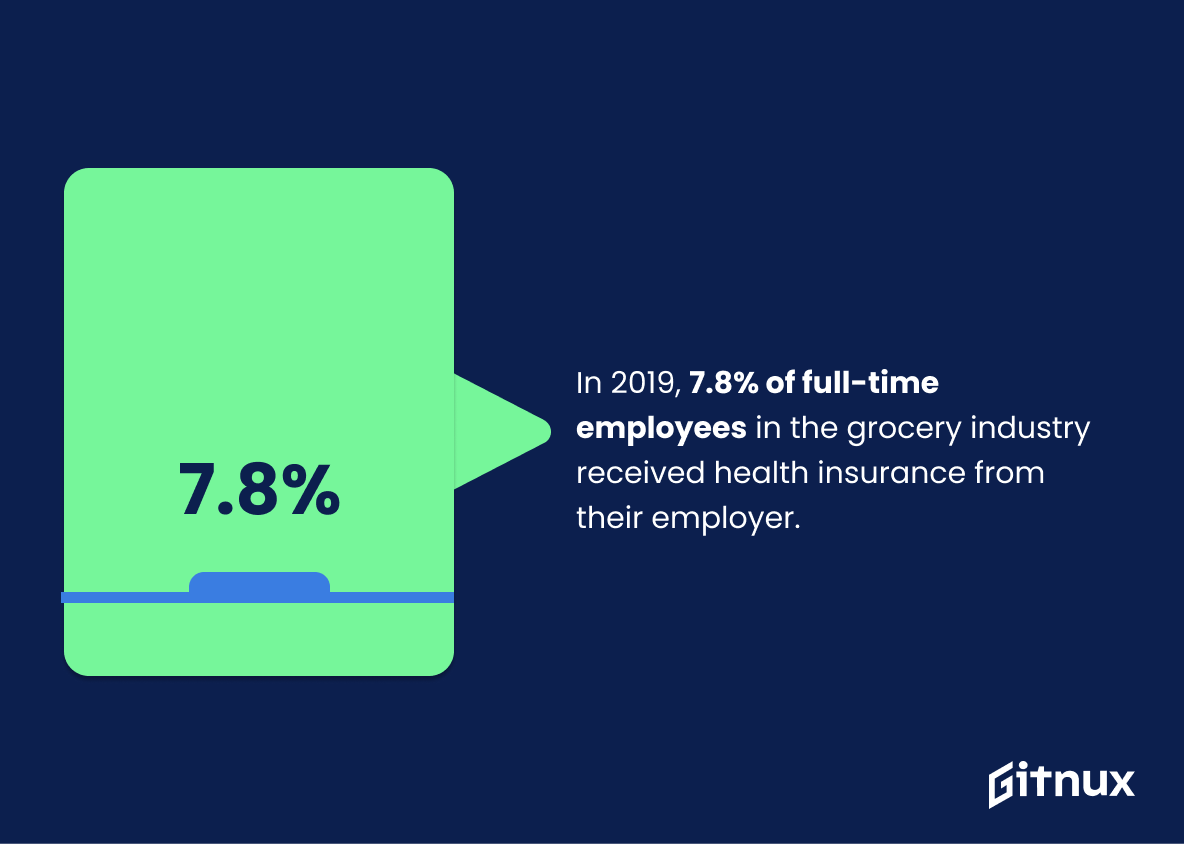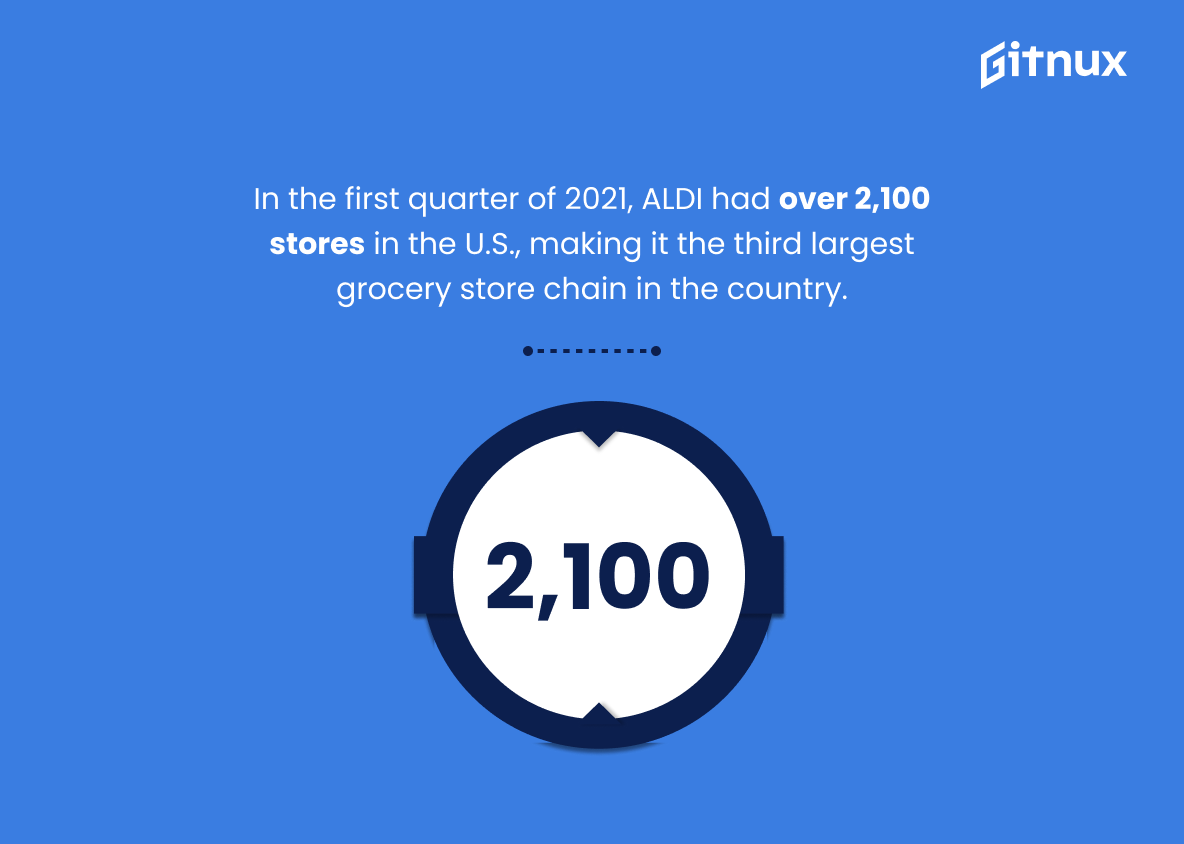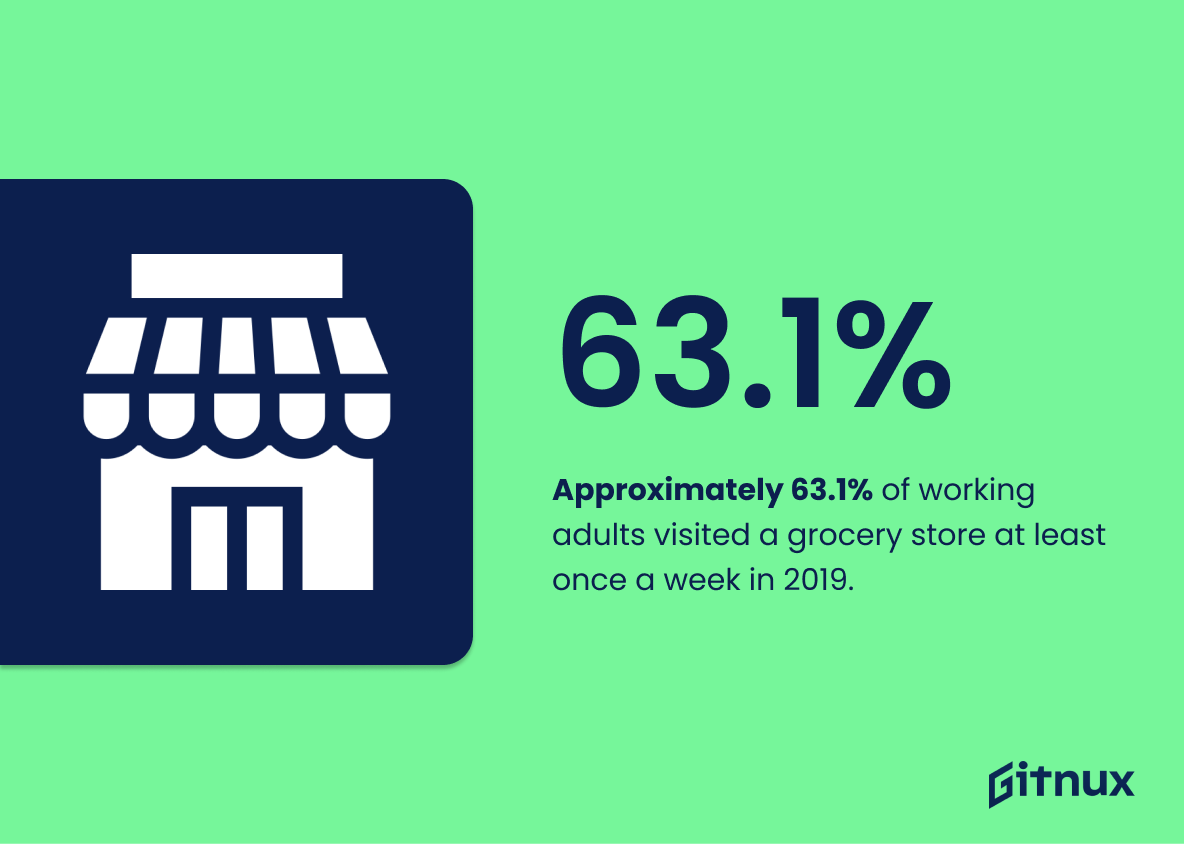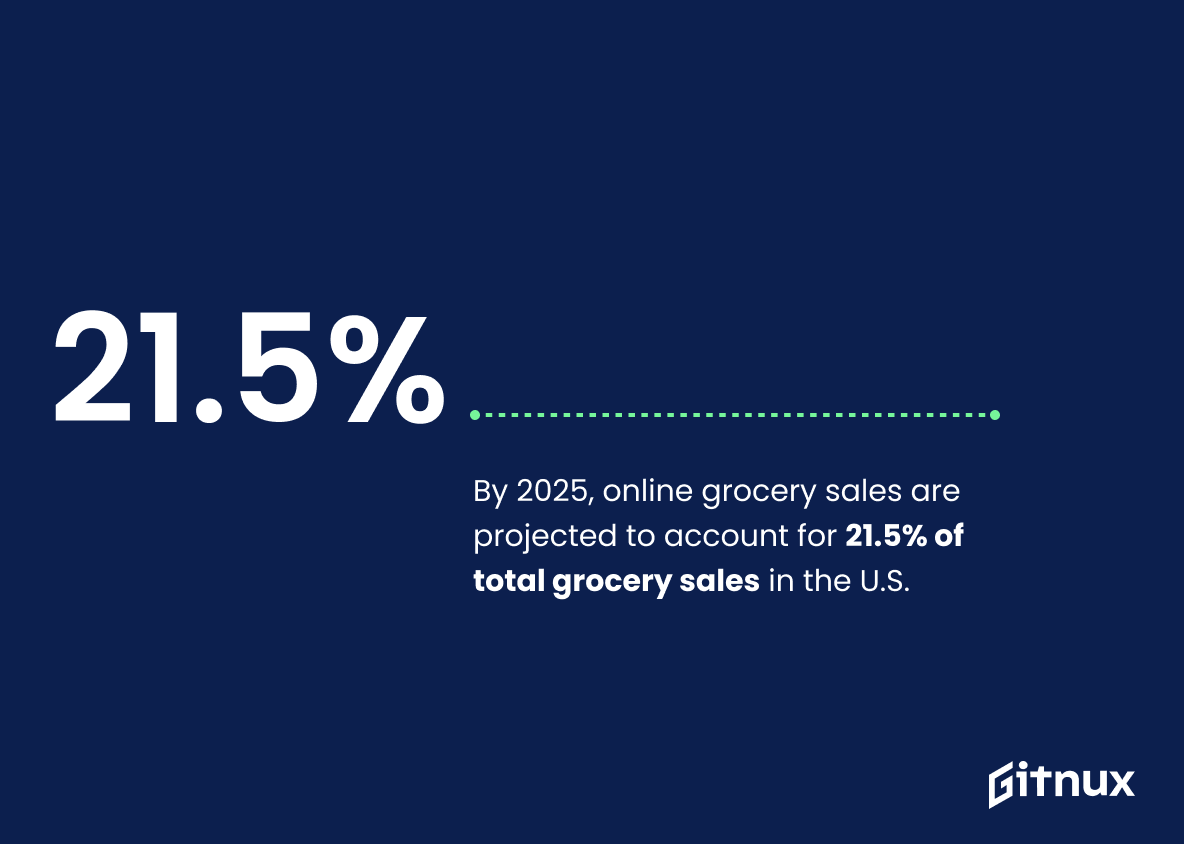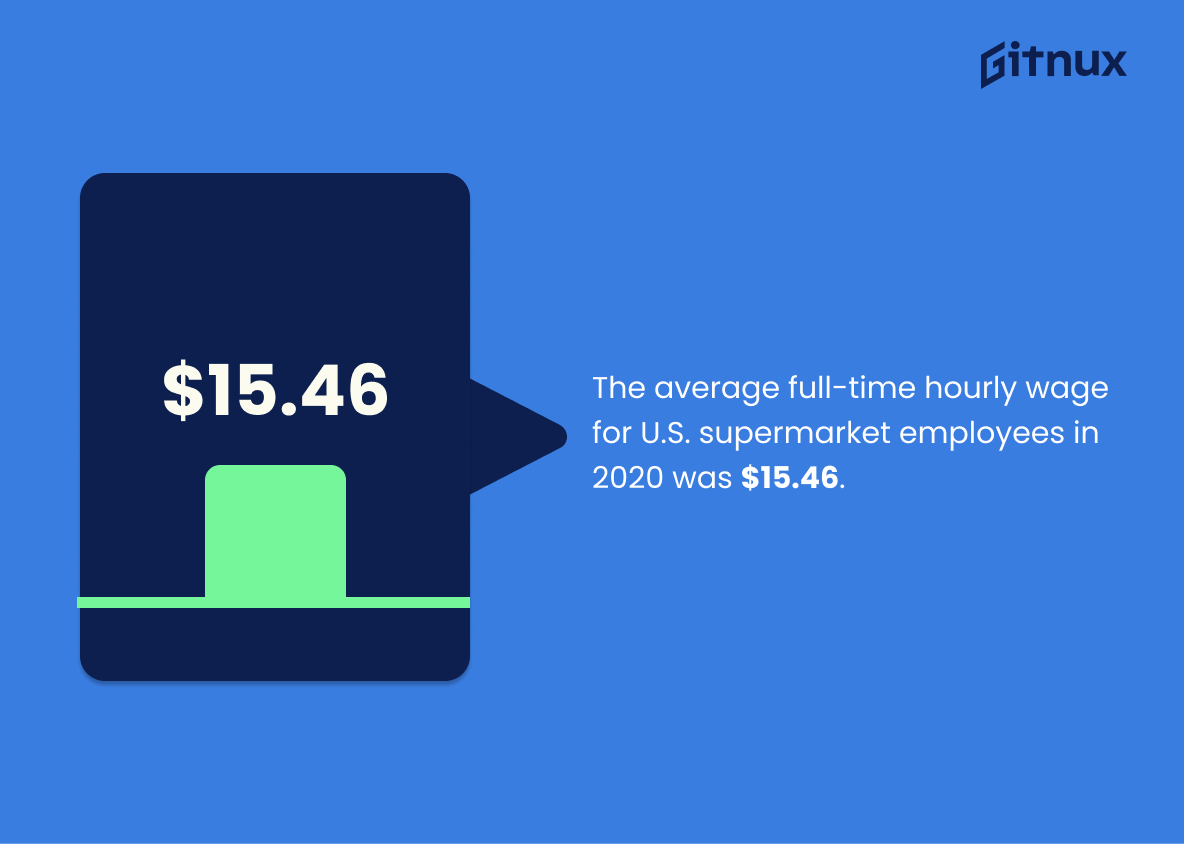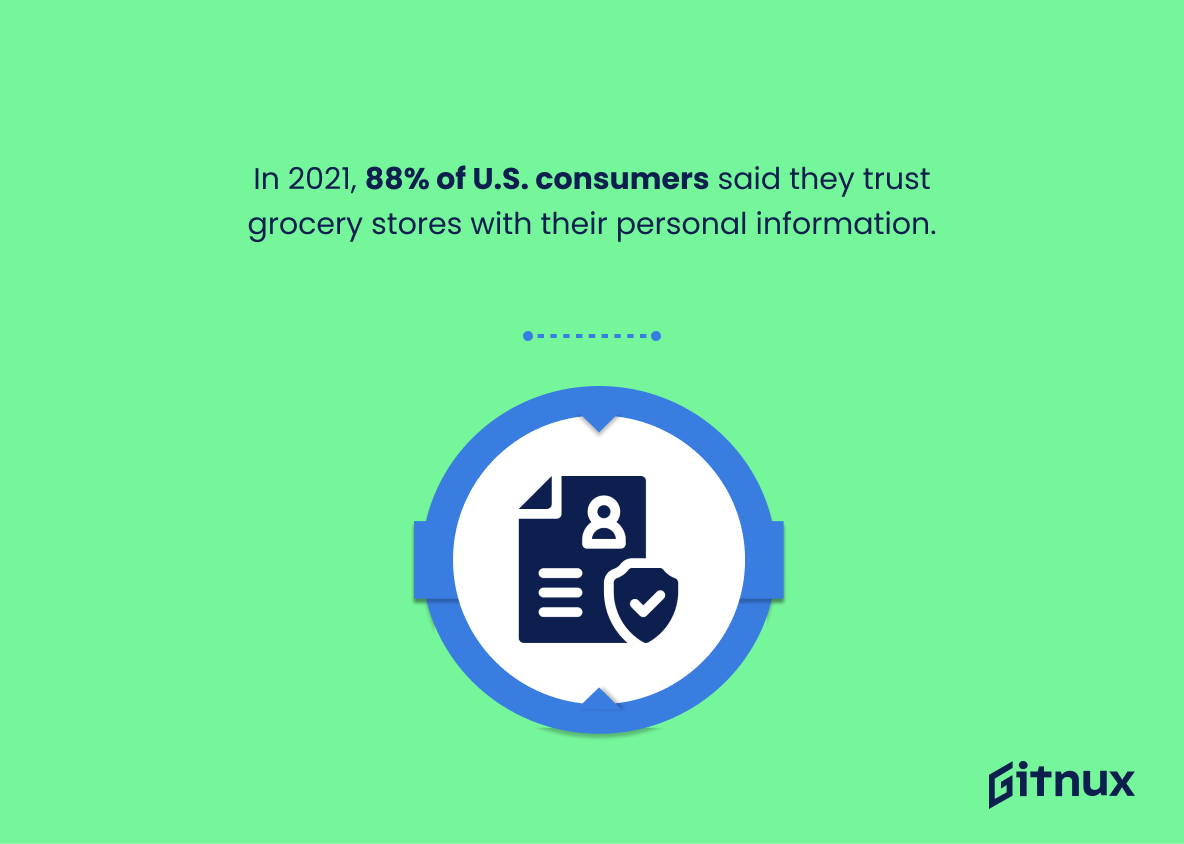Grocery stores are a vital part of the US economy, with sales reaching nearly $771.6 billion in 2020 and expected to exceed $817 billion by 2023. Online grocery sales surged to over $5.6 billion in August 2020 alone, showing how consumer habits rapidly changed due to the COVID-19 pandemic. Walmart led the sector with around $341 million in revenue, followed by Kroger at approximately $132 million.
Independent grocers thrived, generating about $131 billion in total sales for 2020. The average weekly supermarket sale was approximately $555,000. However, only 7% of full-time employees received health insurance, potentially impacting wages.
Traditional stores were preferred by 94% of households, while 36% used Walmart for online shopping. Dining out accounted for 14% of food expenditures, and private label products made up 17% of the overall dollar share. Americans spent an estimated $4,942 per household on groceries in 2019, highlighting its significance regardless of economic conditions or external factors.
Grocery Store Sales Statistics Overview
In 2020, Walmart was the leading grocery retailer in the U.S. with sales of about $341.4 billion.
This statistic is a testament to Walmart’s dominance in the grocery retail market. It highlights the sheer size of Walmart’s sales compared to other grocery retailers, demonstrating the company’s ability to capture a large portion of the market. This statistic is an important indicator of the current state of the grocery retail industry and provides insight into the competitive landscape.
In 2020, the average weekly sales per U.S. supermarket reached $555,571.
This statistic is a testament to the fact that grocery store sales have been on the rise in 2020. It shows that despite the economic downturn caused by the pandemic, supermarkets have been able to maintain their sales and even increase them. This is a positive sign for the industry and a sign that people are still relying on supermarkets to provide them with the food and other items they need.
Kroger generated $132.5 billion in sales revenue in 2020, making it one of the top grocery stores in the U.S.
This statistic is a testament to Kroger’s success in the grocery store industry, demonstrating its impressive sales revenue and ranking among the top stores in the U.S. It serves as a powerful reminder of the importance of grocery stores in the economy and the impact they have on our daily lives.
The average American household spent approximately $4,942 on groceries in 2019.
This statistic is a telling indication of the importance of grocery stores in the lives of Americans. It shows that, on average, households are spending nearly $5,000 a year on groceries, which is a significant portion of their budget. This statistic is a valuable insight into the impact grocery stores have on the economy and the importance of their services to the public.
94% of U.S. households purchased groceries from a traditional grocery store in 2019.
This statistic is a testament to the enduring popularity of traditional grocery stores in the United States. It shows that despite the emergence of online grocery stores and other alternatives, the majority of households still prefer to shop for groceries in-person. This is an important point to consider when discussing grocery store sales statistics, as it provides a baseline for understanding the overall market.
According to a 2020 survey, 36% of U.S. online grocery shoppers use Walmart as their primary grocery store.
This statistic is significant in the context of grocery store sales statistics because it demonstrates the immense popularity of Walmart as a primary grocery store among U.S. online shoppers. It is clear that Walmart is a major player in the grocery store industry, and this statistic serves as a testament to its success.
In 2020, U.S. consumers spent around 14.6% of their food expenditures on food away from home.
This statistic is a telling indication of the current state of the food industry. It shows that a significant portion of food spending is being allocated to food away from home, which could be a sign of a shift in consumer preferences. This could have a direct impact on grocery store sales, as people may be opting to purchase their food from restaurants and other food outlets instead. As such, this statistic is an important factor to consider when discussing grocery store sales statistics.
Private label products accounted for a 17.5% dollar share of total grocery store sales in 2019.
This statistic is a telling indication of the growing popularity of private label products in the grocery store industry. It shows that more and more consumers are turning to these products as a cost-effective alternative to name-brand items. This trend is likely to continue in the coming years, making it an important factor to consider when discussing grocery store sales statistics.
In 2019, 7.8% of full-time employees in the grocery industry received health insurance from their employer.
This statistic is a telling indication of the state of the grocery industry in 2019. It shows that, despite the industry’s success, only a small fraction of full-time employees were able to receive health insurance from their employer. This speaks to the need for better wages and benefits for grocery store workers, and highlights the importance of supporting the industry in order to ensure that its employees are taken care of.
In the first quarter of 2021, ALDI had over 2,100 stores in the U.S., making it the third largest grocery store chain in the country.
This statistic is significant in the context of grocery store sales statistics because it demonstrates the impressive growth of ALDI in the U.S. market. With over 2,100 stores, ALDI has become the third largest grocery store chain in the country, a remarkable feat in such a competitive industry.
Approximately 63.1% of working adults visited a grocery store at least once a week in 2019.
This statistic is a telling indication of the importance of grocery stores in the lives of working adults. It shows that grocery stores are a regular part of the lives of the majority of working adults, and that they are a vital part of the economy. This statistic is an important piece of information for anyone looking to understand the impact of grocery stores on the economy and the lives of working adults.
U.S. single-store independent grocers generated $131.0 billion in total sales in 2020.
This statistic is a testament to the resilience of U.S. single-store independent grocers in the face of the pandemic. Despite the economic downturn, these grocers managed to generate a total of $131.0 billion in sales in 2020, demonstrating their ability to adapt and thrive in challenging times.
By 2025, online grocery sales are projected to account for 21.5% of total grocery sales in the U.S.
This statistic is a clear indication that the grocery industry is rapidly shifting towards online sales. As the percentage of online grocery sales increases, it is essential for grocery stores to stay ahead of the curve and adjust their strategies accordingly. This statistic is a valuable insight for anyone interested in the grocery industry, as it provides a glimpse into the future of the industry and the potential opportunities that may arise.
The average full-time hourly wage for U.S. supermarket employees in 2020 was $15.46.
This statistic is a telling indication of the financial realities of those working in the grocery store industry. It provides insight into the wages of those who are responsible for stocking shelves, checking out customers, and ensuring the smooth running of the store. This information is important to consider when discussing grocery store sales statistics, as it gives a glimpse into the financial situation of those who are essential to the success of the industry.
In 2021, 88% of U.S. consumers said they trust grocery stores with their personal information.
This statistic is indicative of the trust that U.S. consumers have in grocery stores when it comes to their personal information. This trust is essential for grocery stores to be successful, as customers must feel comfortable providing their personal information in order to make purchases. This statistic is an important factor to consider when discussing grocery store sales statistics, as it demonstrates the level of trust that customers have in the stores.
By the end of 2020, the number of grocery stores in the U.S. was 38,571.
This statistic is a crucial piece of the puzzle when it comes to understanding the grocery store sales statistics. It provides a baseline for the number of stores that were operating in the U.S. at the end of 2020, which can be used to compare against the sales figures for the same period. This helps to provide a more accurate picture of the overall performance of the grocery store industry.
Conclusion
The U.S. grocery store industry has seen tremendous growth in recent years, with total sales reaching $771.6 billion in 2020 and projected to reach $817.35 billion by 2023. Online grocery sales have also grown significantly over the past year, increasing from $1.5 billion to nearly $6 billion between August 2019 and August 2020 alone. Walmart is currently the leading grocer in terms of overall sales revenue at around 341 million dollars for 2020, while Kroger follows closely behind at 132 million dollars for that same period of time . The average weekly supermarket sale was 555 thousand dollars last year ,while independent grocers generated 131 billions dollar worth of total sales during this same timeframe .
Grocery stores are trusted sources when it comes to personal information as well; 88% of consumers said they trust them with their data according to a 2021 survey . Additionally, private label products accounted for 17 percent share of all groceries sold throughout 2019 ,and 14 percent food expenditure went towards eating out or away from home last year . Finally, 38 thousand 571 supermarkets were operating across America by December 31st ,2020 ;with an average hourly wage rate set at 15 US Dollars 46 cents per hour among full-time employees working within this sector..
Overall these statistics demonstrate how important the U.S Grocery Store Industry is both economically and socially – providing essential goods & services whilst creating jobs & generating income along the way.
References
0. – https://www.preparedfoods.com
1. – https://www.numerator.com
2. – https://www.statista.com
3. – https://www.fmi.org
4. – https://www.nationalgrocers.org
5. – https://www.supermarketnews.com
6. – https://www.mercatus.com
7. – https://www.fortune.com
8. – https://www.theshelbyreport.com
9. – https://www.bls.gov
